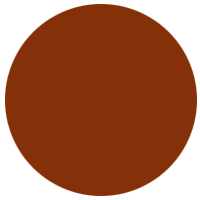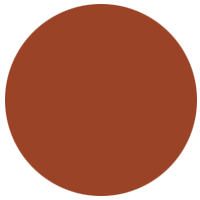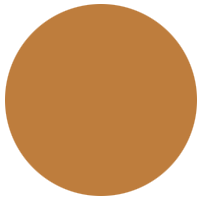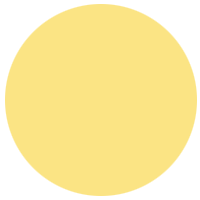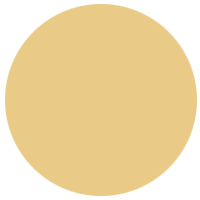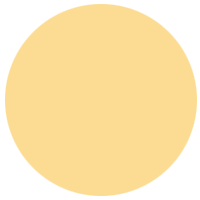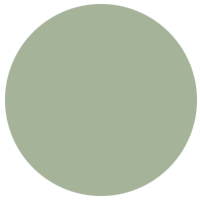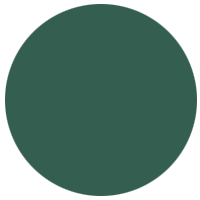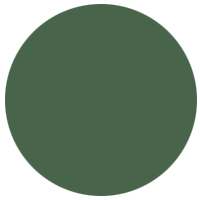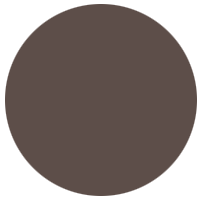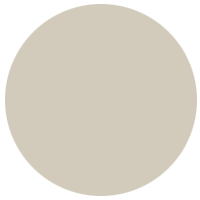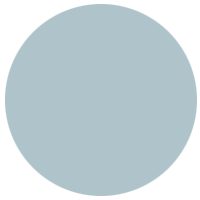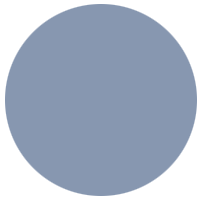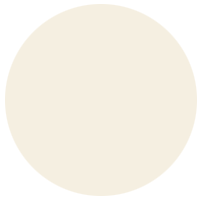The office will be closed Nov. 25th-28th.
Shipping will restart on a first come, first serve basis Dec. 1st. If this timeline does not work for you, please email compass1990@gmail.com.
Call 585-924-8070 or email compass1990@gmail.com with questions.
Scandinavian Inspired. Health and the Environment Focused.
Ultramarine Blue

Ottosson Ultramarine Blue Linseed Oil Paint is a very traditional, intense deep blue color. It maintains a slight transparent nature unless mixed with white or black. An extra coat or two may be required on some substrates.
Ultramarine pigment was first produced from the semi-precious stone Lapis Lazuli. It was imported from the Middle East and Africa to Europe, which gave it the name “ultramarine”, or “over the sea”.
Traditional ultramarine pigments have proven to be sensitive to acids present in the air and surfaces such as plaster walls. For this reason, Ottosson has formulated an encapsulated Ultramarine Blue pigment that insulates it from such acids and gives it an enduring brilliance.
Mix with White Titanium Zinc to create vibrant light shades of blue.
Ottosson Linseed Oil Paint adheres to almost any clean, dry surface, including wood, metal, masonry, various composite materials. It protects a substrate from moisture, seasonal temperature changes, and UV exposure. The flax is grown and purified/degummed linseed oil is pressed locally in the south of Sweden, creating a completely solvent and petrochemical-free paint with zero micro-plastics. This environmentally conscious brand is proud to carry on the 500-year-old tradition of linseed oil paint: inspired by the past and designed for the benefit of future generations.
All Ottosson paint colors are formulated with the correct percentage of zinc, a natural fungicide that creates a slightly harder painted finish for increased durability.
Do not add additional zinc as it can create a brittle paint and impact longevity.
Designed specially for exterior and interior applications, Ottosson recommends a 30% paint to 70% Purified Linseed Oil "primer" on bare wood substrates. No 30/70 application when painting over an old coating or non-absorbent substrate.
Application Suggestions:
1. Ensure a clean, dry surface.
2. Apply in 60+ degree temperatures with good air
circulation.
3. Mix Linseed Oil Paint well before each use.
4. Apply relatively thin, even coats of Linseed Oil Paint.
5. Allow each coat to dry fully before applying the next.
6. Avoid conventional linseed oil that can cause
drying issues, mold growth, and can go rancid.
Read more detailed information on each product page, including substrate prep, coverage, maintenance and much more.








